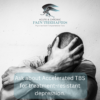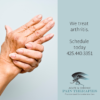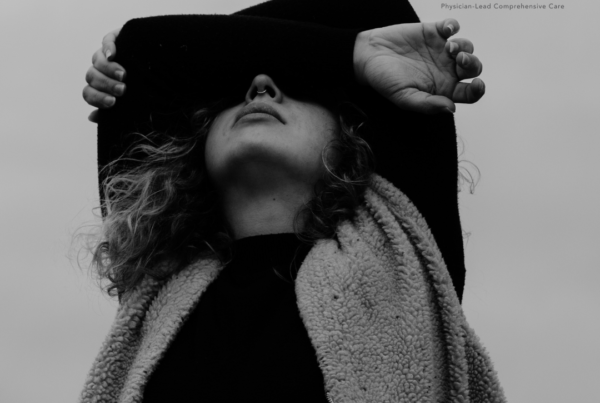
Shingles
The medical term shingles refers to a viral infection caused by the varicella-zoster virus (VZV), the same virus that causes chickenpox. Also known as herpes zoster, it is characterized by a painful rash that typically appears on one side of the body or face. The rash appears as blisters that scab over and usually lasts two to three weeks. Shingles is also accompanied by other symptoms like fever, headache, and fatigue. It is a disease that typically affects adults over the age of 50, who have previously had chickenpox. Once you have had chickenpox, the virus remains dormant in your body in nerve tissue near your spinal cord and brain. In some people, the virus can reactivate later in life, causing the disease.
What are the symptoms?
The symptoms of shingles usually start with a burning, itching or tingling sensation in one specific area of the body, followed by the appearance of a rash a few days later. The rash typically appears on one side of the body only and is usually confined to a specific area, such as a strip or band of skin. The blisters associated with shingles are like those of chickenpox but tend to be more painful and last longer.
Treatment
There is no cure for shingles, but the condition can be treated with antiviral medication, pain relievers, and ointments to soothe the skin. Early treatment is important to minimize the severity of symptoms and prevent complications like nerve damage, vision problems, or postherpetic neuralgia. Preventive measures like getting vaccinated against shingles and maintaining good hygiene can help reduce the risk of getting shingles. Vaccines like Shingrix and Zostavax are available to protect against shingles and recommended for people over the age of 50. In conclusion, shingles is a viral infection caused by the varicella-zoster virus, which can reactivate later in life if you have had chickenpox. The symptoms of shingles include a painful rash on one side of the body, fever, headache, and fatigue. Treatment for shingles involves antiviral medication, pain relief, and topical ointments. Vaccination and good hygiene are important preventive measures to reduce the risk of getting shingles.
Post-Herpetic Neuralgia
For an unfortunate minority, the pain related to shingles rashes can extend after the rash has healed. This occurs 7-20% of the time, being more common with advanced age. In these instances, it is best to seek the assistance of a Chronic Pain Management physician specialist. There are multiple medications both topical and by mouth that can help with this scenario. If medicines do not help enough, epidural steroid injections, nerve ablation or spinal cord stimulation may be offered.






